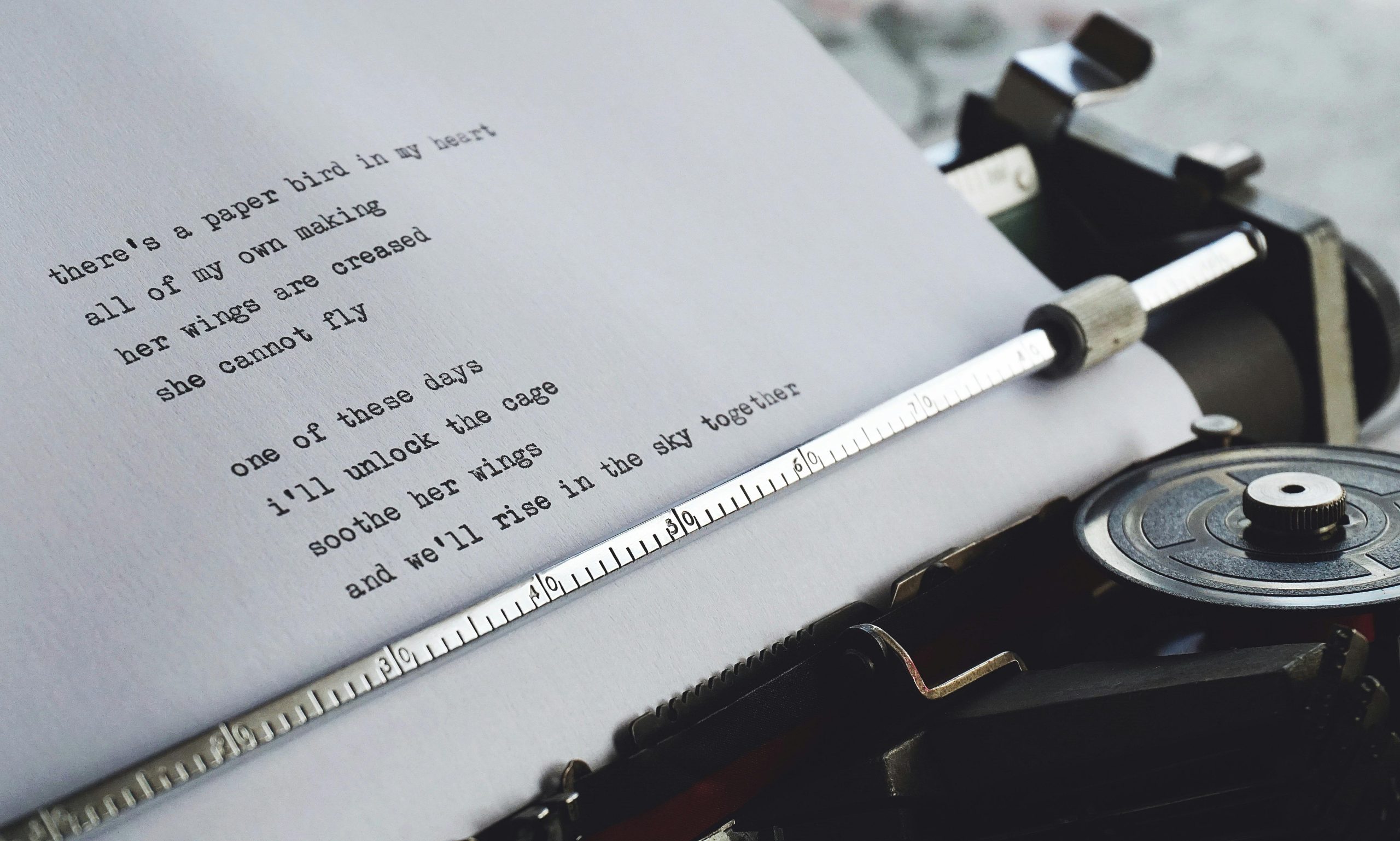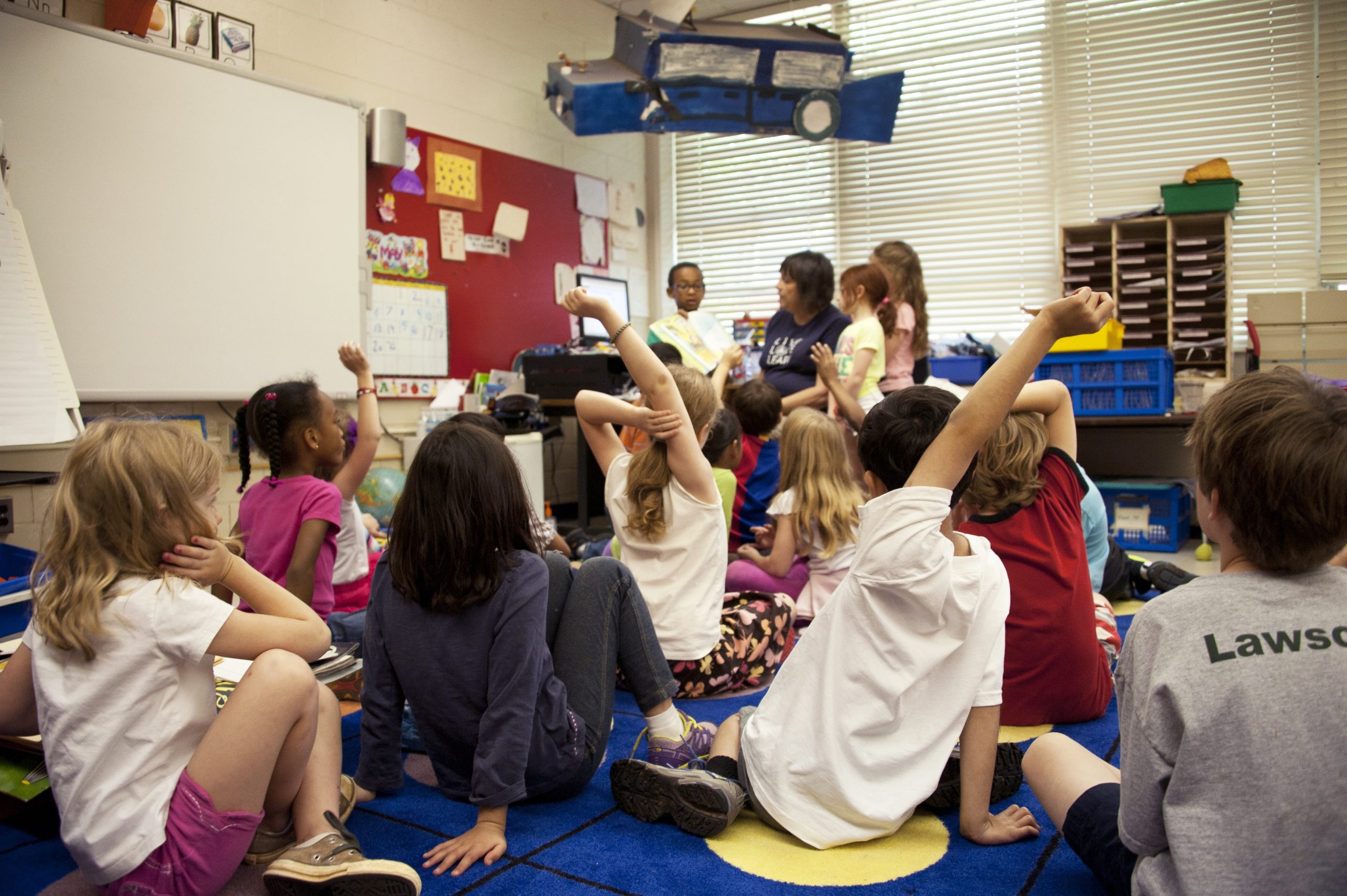Why teaching poetry in schools is so important
Though fewer people read poetry than novels, it can help students learn in more ways than you might imagine. Poetry today suffers from an image problem. In a curriculum that favours practical skills over creativity, arguably the most creative of all literatures gets overlooked — especially as it seen by many people as being ‘difficult’.
Poets themselves also still suffer from the hackneyed associations of cravats, hats and perusing at ponds. But poetry doesn’t have to be like this. Consider Kate Tempest, the musician-poet who aptly reflects millennial experience, or Claudia Rankine, who challenges racial inequality in the US. These are the poets of today, who are not only more relatable to young people, they reflect the world we live in. A far stretch from “I wandered lonely as a cloud” — though Wordsworth too can have some place in English Literature lessons.
In an age of tweets and hashtags, the brevity of a poem should in fact be the perfect art form for students today. Tie this in with the crossover with hip-hop and grime, and it is something that students should be able to relate to.






